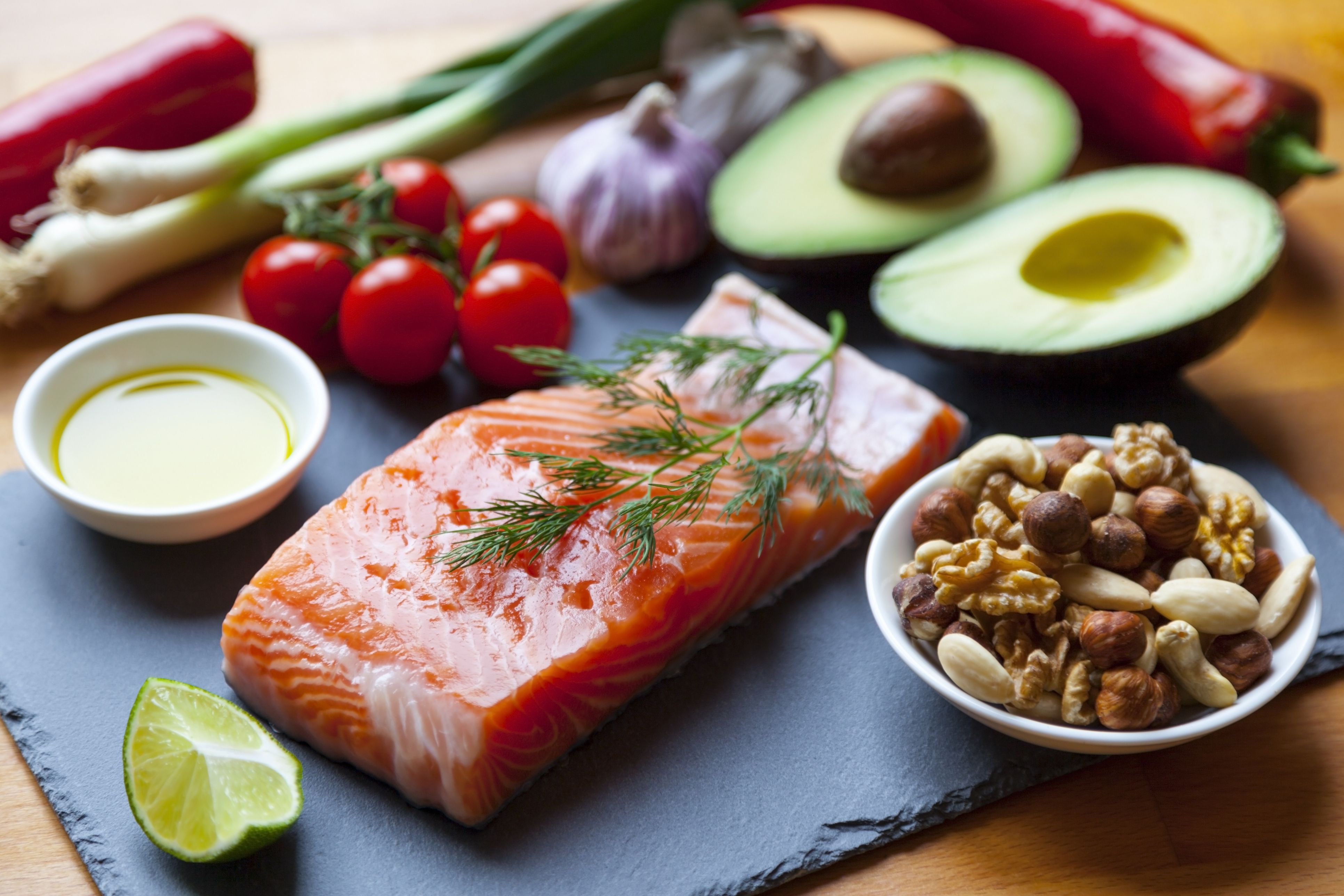If you’ve got pimples, you’re now not alone. Acne vulgaris — usually known as zits — affects as much as eighty% of human beings at some unspecified time in the future between the ages of 11 and 30 (1Trusted Source, 2Trusted Source, 3Trusted Source, 4Trusted Source).
Acne, especially grownup zits, is often called hormonal acne. Hormones and many different elements, including microorganisms, pores, skin cellular abnormalities, genetics, and stress tiers, play a role in its progression.
Though the circumstance is commonly handled with medication, lifestyle factors, such as your weight loss plan, can play a powerful position in controlling and lowering signs and symptoms.
This article reviews a satisfactory food regimen for zits, which includes meals to eat and avoid, as well as dietary supplements that could help.

What is zits vulgaris?
Acne vulgaris, or zits, is a skin disorder characterized byby blackheads, whiteheads, irritation, rashes, crimson pores, skin, and often, deep lesions.
It’s classified in step with its severity (5Trusted Source):
Mild zits: non-inflammatory lesions, few inflammatory lesions, or both
Moderate acne: greater inflammatory lesions, occasional nodules — hard, painful lesions, or each, and moderate scarring
Severe acne: huge inflammatory lesions, nodules, or both, and scarring, ongoing mild pimples that have not progressed with the remedy after six months, or any pimples that cause severe psychological misery
Acne usually occurs on your frame elements, which have sebaceous glands, which are tiny oil-generating glands that might be stimulated with hormones. These exist in your face, returned chest, neck, and upper fingers (4Trusted Source).
Severe pimple cases can lead to disfiguring, permanent scarring of the pores and skin, and severe emotional distress that could result in melancholy and withdrawal from social conditions (4Trusted Source).
Though the condition is not unusual during the teenage years, it may persist into adulthood, and some may even revel in it their entire lives (6Trusted Source).
What reasons for pimples?
The elements that cause pimples are complex and multifactorial.
Zits can be triggered by genetic predisposition, hormonal fluctuations that lead to extra sebum or oil production from the sebaceous glands, inflammation, follicular hyperkeratinization, and bacterial colonization.
Follicular hyperkeratinization — or the bizarre shedding of pores and skin cells of the sebaceous glands and upper phase of hair follicles close to the pores hole — is considered a prime motive.
These pores and skin cells clog the pores and shape what’s medically called a microcomedone (7, 8).
Propionibacterium acnes (P. Acnes) is a bacterium that generally grows in your pores and skin.
Zits grow abnormally in humans, which results in irritation, damage to pores and skin, follicular hyperkeratinization, and alteration of sebum (9Trusted Source).
Hormones also play a vital position in zits’ development; that’s why it’s frequently known as “hormonal zits.” It generally happens for the duration of early life because of an increase in intercourse hormone ranges in puberty, regardless of gender.
Women also revel in acne later in existence associated with hormonal fluctuations during pregnancy, premenopause, and when the use of hormonal birth control (9Trusted Source).
Inflammation and food regimens are ideas that play a position, even though some argue that eating regimens are less massive. Still, there is strong proof that some nutritional adjustments make a good-sized difference in pimple treatment (6Trusted Source).
Acne can also result from positive medicines and occupational chemical publicity. However, these styles of acne are unique from acne vulgaris


